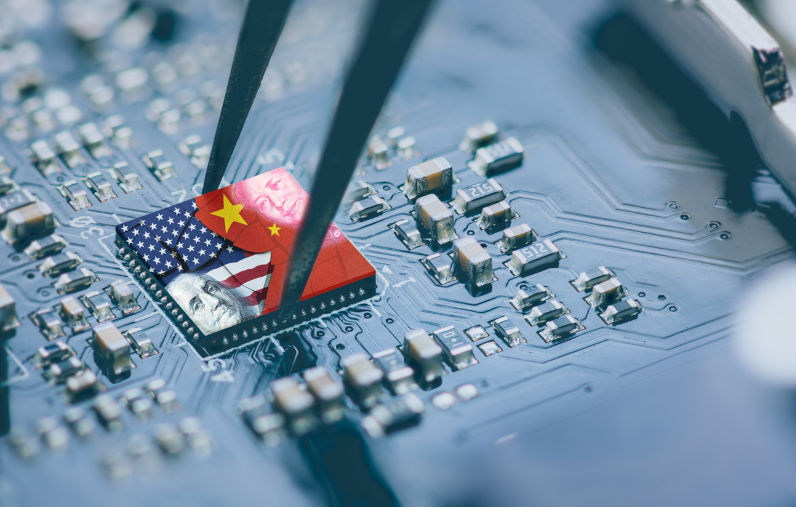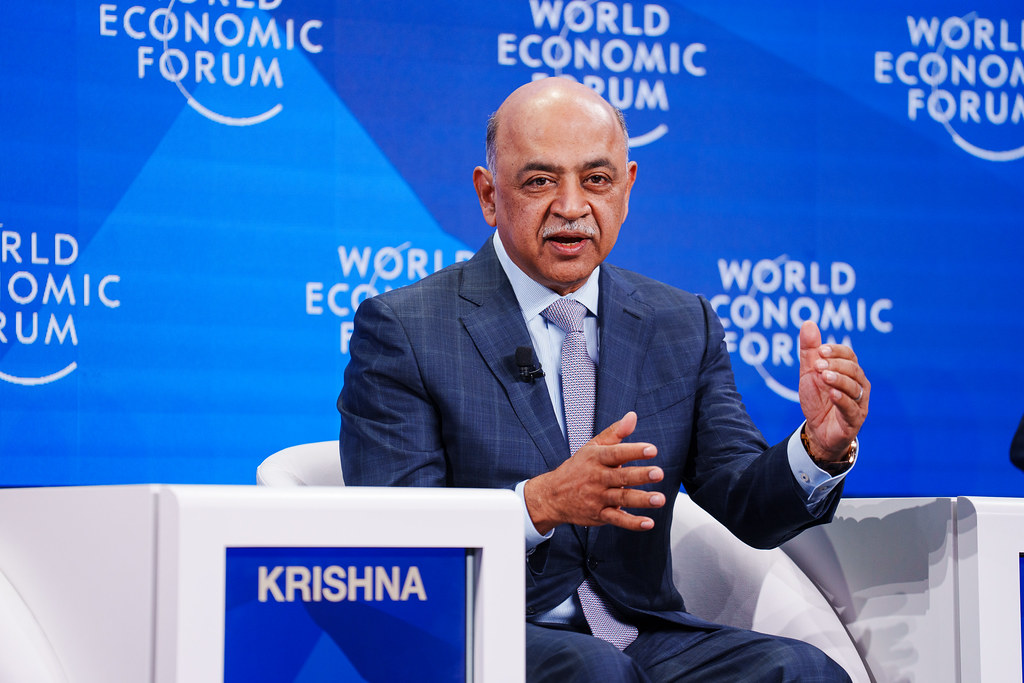The Biden administration announced on Monday that it has finalized rules limiting U.S. investments in specific technology sectors in China, including artificial intelligence, to safeguard national security. Initially proposed in June by the U.S. Treasury, the finalized rules stem from an executive order signed by President Joe Biden in August 2023, targeting three primary technology areas: semiconductors and microelectronics, quantum information technologies, and particular artificial intelligence systems.
Effective from January 2, the regulations will be managed by the Treasury’s new Office of Global Transactions. The Treasury Department underscored the narrow focus on “core technologies” essential to the development of advanced military, cybersecurity, surveillance, and intelligence systems, highlighting applications such as “cutting-edge code-breaking computer systems” and “next-generation fighter jets,” as noted by senior Treasury official Paul Rosen.
The administration stated that the new rules extend beyond direct investments, addressing concerns about indirect benefits, such as managerial assistance and access to talent networks that often accompany capital flows from the U.S. Rosen emphasized that U.S. investments should not support countries that seek to bolster their military, intelligence, and cyber capabilities through American financial and intellectual resources.
Commerce Secretary Gina Raimondo previously endorsed these restrictions, emphasizing their importance in hindering China’s development of military-related technologies. The rules, however, permit investments in publicly traded securities, though existing executive orders continue to bar financial interactions with designated Chinese companies. This carve-out specifically targets companies not implicated in national security risks but maintains strict controls over transactions with entities viewed as facilitating China’s military ambitions.
The House select committee on China has previously scrutinized major U.S. index providers, alleging that their investment strategies directed billions from U.S. investors into Chinese firms tied to China’s military developments.











